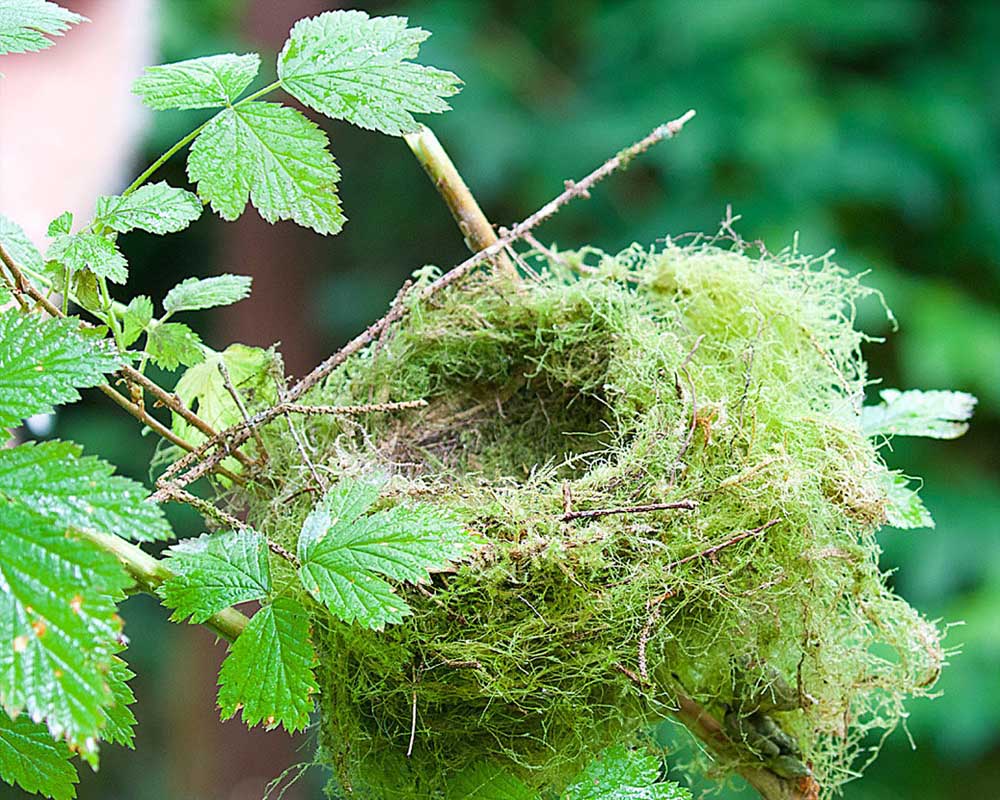Birdwatching Listen for the varied thrush’s flute-like song
Published 10:53 am Tuesday, November 3, 2015

- This varied thrush nest is a pretty assemblage of moss fibers.
The varied thrush is robin like, but is more reclusive, has a shorter tail and a more attenuated posture. The male has an orange throat and orange eyebrow. It sports a dark breast band and a bluish back. The female varied thrush has a grayish breast band and a brownish back. Both the male and female have a distinctive, calico wing pattern. In flight, a pale orange wing stripe is visible.
Trending
The varied thrush nests in the coniferous forests of the Peninsula and the Willapa National Wildlife Refuge. During the breeding season this thrush is shy and solitary. It’s flute-like song is often the only clue to its location. It winters in the damp shaded woods of our area.
Berries, fruit and insects make up its diet. This thrush forages mainly on the ground beneath the cover of the understory. However, it will also eat fruit found on bushes and trees. Like robins, these thrushes tend to gather in large flocks in winter.
The varied thrush is common in Pacific County. This is also true of its status in the Willapa National Wildlife Refuge, except for summer, when it is more inconspicuous. You can look for it on the Cutthroat Trail at the refuge headquarters on U.S. Highway 101. It is also found at the Tarlatt Unit, Leadbetter State Park and Cape D.
Trending
If you see a bird with boldly marked calico wings and come spring you hear a loud, long whistle in the deep woods it just may be the Varied thrush.









